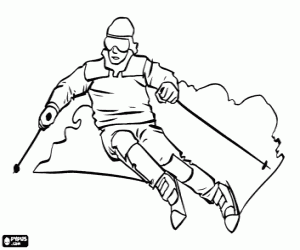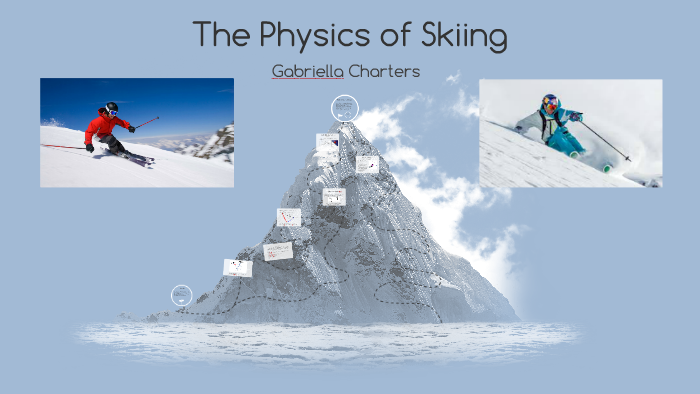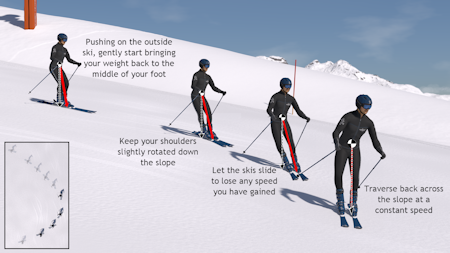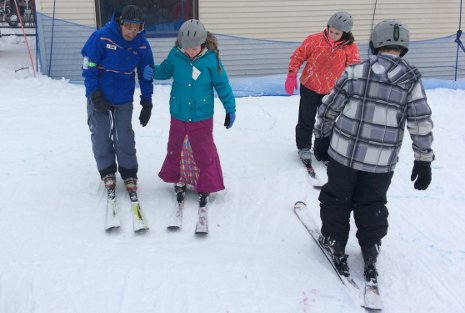Skiing is a popular winter sport that involves sliding down a slope on skis, which are long, narrow pieces of equipment made of wood, metal, or plastic. While skiing may seem like a simple activity, it involves a number of complex physical principles that contribute to the speed, agility, and control of the skier.
One of the most important principles at play in skiing is the concept of friction. Friction is the force that opposes the movement of two surfaces sliding against each other. When a skier moves down a slope, the skis rub against the snow, and this friction helps to slow the skier down. However, the amount of friction that exists between the skis and the snow depends on a number of factors, including the roughness of the ski and the snow, the temperature of the snow, and the angle of the slope. By adjusting these factors, skiers can control their speed and maneuverability.
Another important principle in skiing is the concept of gravity. Gravity is the force that pulls objects towards the center of the earth. When a skier is moving down a slope, gravity is pulling them towards the bottom of the hill. The steeper the slope, the stronger the force of gravity, and the faster the skier will go. However, skiers can use their skis and their body position to counter the force of gravity and control their speed and direction. For example, skiers can lean forward to increase their speed, or lean back to slow down.
In addition to friction and gravity, skiing also involves the principles of momentum and kinetic energy. Momentum is the measure of an object's motion, and it is equal to the mass of the object multiplied by its velocity. Kinetic energy is the energy of motion, and it is equal to the mass of the object multiplied by the square of its velocity. When a skier is moving down a slope, they have a certain amount of momentum and kinetic energy, which they can use to their advantage. For example, skiers can use their momentum to carry them through turns, or they can use their kinetic energy to jump and perform tricks.
Finally, skiing also involves the principles of balance and stability. When a skier is moving down a slope, they must constantly adjust their balance and position to maintain control. By shifting their weight and using their legs and core muscles, skiers can keep their skis evenly distributed and prevent themselves from falling. Skiers can also use their arms and poles to help them maintain balance and stability.
In conclusion, skiing is a complex and thrilling sport that involves the use of many physical principles, including friction, gravity, momentum, kinetic energy, balance, and stability. By understanding and applying these principles, skiers can improve their technique and performance on the slopes.








